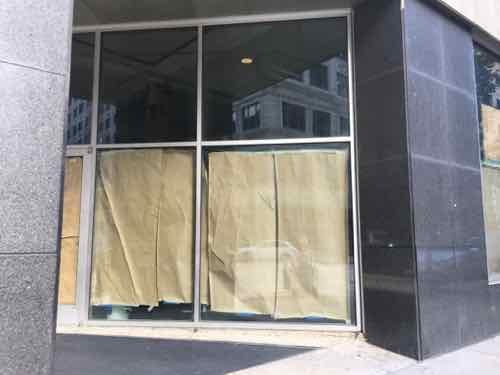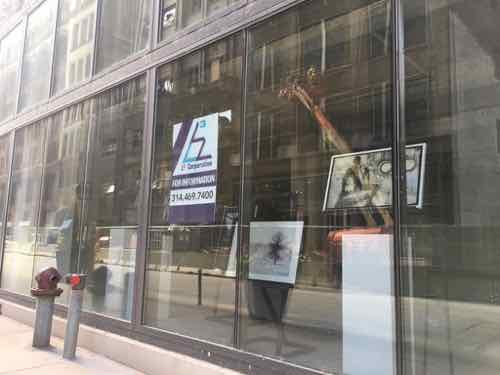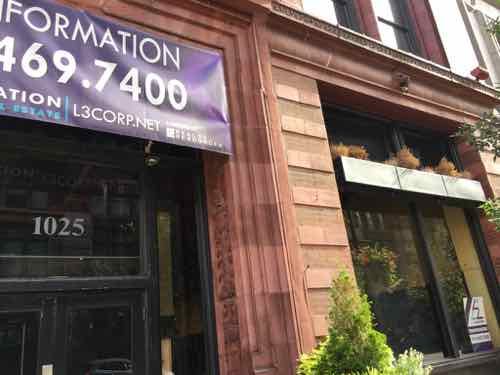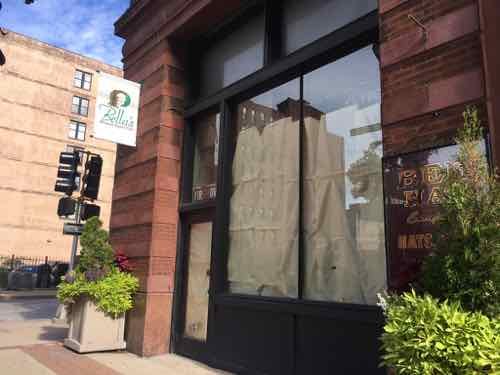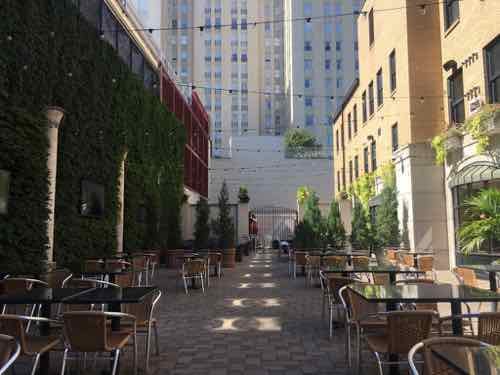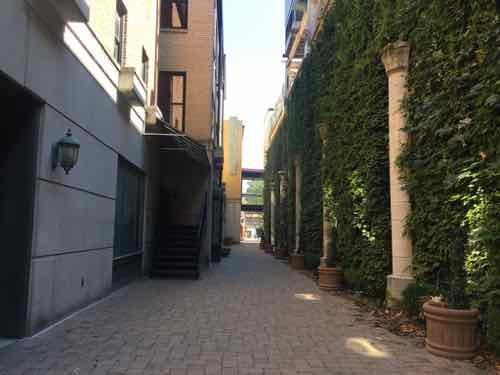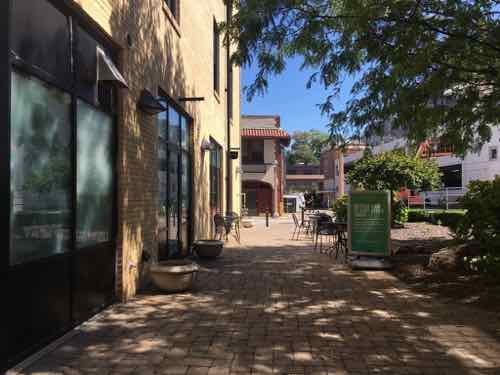Sunday Poll: How Will You Vote On Missouri’s 3 Medical Marijuana Measures?
|
|

In just over five weeks Missouri voters will decide if the state joins the majority of states that have already legalized marijuana for medical use.
Thirty states and the District of Columbia currently have laws broadly legalizing marijuana in some form.
Eight states and the District of Columbia have adopted the most expansive laws legalizing marijuana for recreational use. Most recently, sales of recreational-use marijuana in California kicked off on Jan. 1. In Massachusetts, retail sales of cannabis are expected to start later this year in July. Voters in Maine similarly approved a ballot measure legalizing marijuana in 2016. The state, however, has not yet adopted rules for licensed marijuana growers or retailers, nor has it begun accepting licenses. Gov. Paul LePage vetoed a bill that would have established a legal framework for sales of the drug.
The vast majority of states allow for limited use of medical marijuana under certain circumstances. Some medical marijuana laws are broader than others, with types of medical conditions that allow for treatment varying from state to state. Louisiana, West Virginia and a few other states allow only for cannabis-infused products, such as oils or pills. Other states have passed narrow laws allowing residents to possess cannabis only if they suffer from select rare medical illnesses. (Governing)
Our neighbor to the East, Illinois, has had a test medical marijuana program for a couple of years. Arkansas, to the South, approved it in 2016 and the program should begin in 2019. For Missouri voters it isn’t a simple ‘Yes’ or ‘No’ vote:
Missouri voters will find not one but three different proposals aiming to legalize marijuana for medical purposes when they pick up ballots Nov. 6.
Some language is similar across all three proposals, but they are not identical. Here are some common questions and answers that explain how each would function.
What’s on the ballot?
Two constitutional amendments and one change to state law regarding medical marijuana have been proposed:
- Amendment 2, supported by a group called New Approach Missouri
- Amendment 3, supported by Springfield physician-attorney Brad Bradshaw
- Proposition C, supported by a group called Missourians for Patient Care
All three would legalize growing, manufacturing, selling and consuming marijuana and marijuana products for medicinal use at the state level. (Proposition C touts an additional requirement that local community support would be required before and after its local licensing authority approves medical marijuana use.)
Proposition C would tax marijuana sales at 2 percent; proceeds would be split four ways to fund veterans health care, public safety, drug treatment programs and early childhood development initiatives.
Amendment 2 would tax marijuana sales at 4 percent, with the resulting proceeds going to fund veterans health care programs. This is the only proposition that would allow for home-growing of marijuana.
Amendment 3 would tax sales by growers to dispensaries at $9.25 per ounce for marijuana flowers and $2.75 per ounce for leaves and would tax sales by dispensaries to patients at 15 percent. The proceeds — projected to be by far the most of the three measures — would go toward setting up a research institute and efforts to cure currently incurable diseases, with money set aside to acquire land for the institute’s campus and to fund transportation infrastructure, medical care, public pensions and income tax refunds.
Under all three proposals, prospective patients and primary caregivers would apply to the state for identification signifying their ability to receive and prescribe medical marijuana, respectively. Those hoping to cultivate, manufacture or sell marijuana products would apply for separate licenses. (Springfield News-Leader)
Today’s poll seeks to find out how you plan to vote on the three medical marijuana measures on the ballot.
This poll will automatically close at 8pm tonight. On Wednesday I’ll discuss my thoughts on each of the three, what happens if all three are approved, etc.
— Steve Patterson

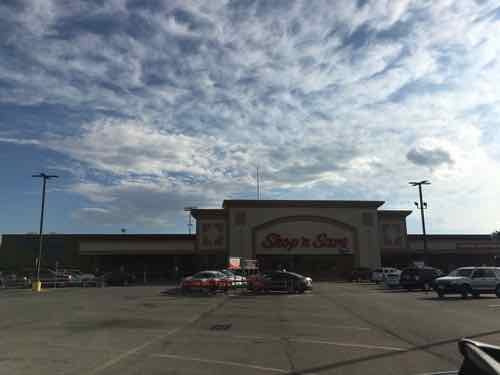
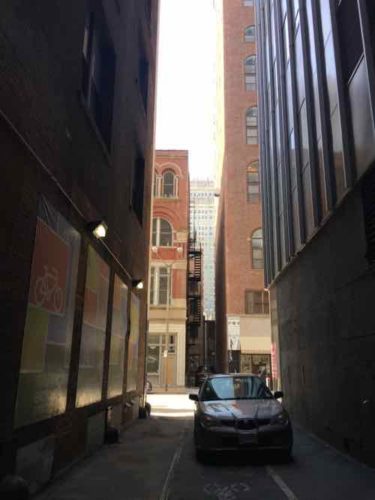 Alleys are one thing that attracted me to St. Louis in 1990, we didn’t have them in the 1960s suburban subdivision where I grew up in Oklahoma City. Interestingly, my grandparents each had alleys behind their homes in the small Western Oklahoma towns of
Alleys are one thing that attracted me to St. Louis in 1990, we didn’t have them in the 1960s suburban subdivision where I grew up in Oklahoma City. Interestingly, my grandparents each had alleys behind their homes in the small Western Oklahoma towns of 